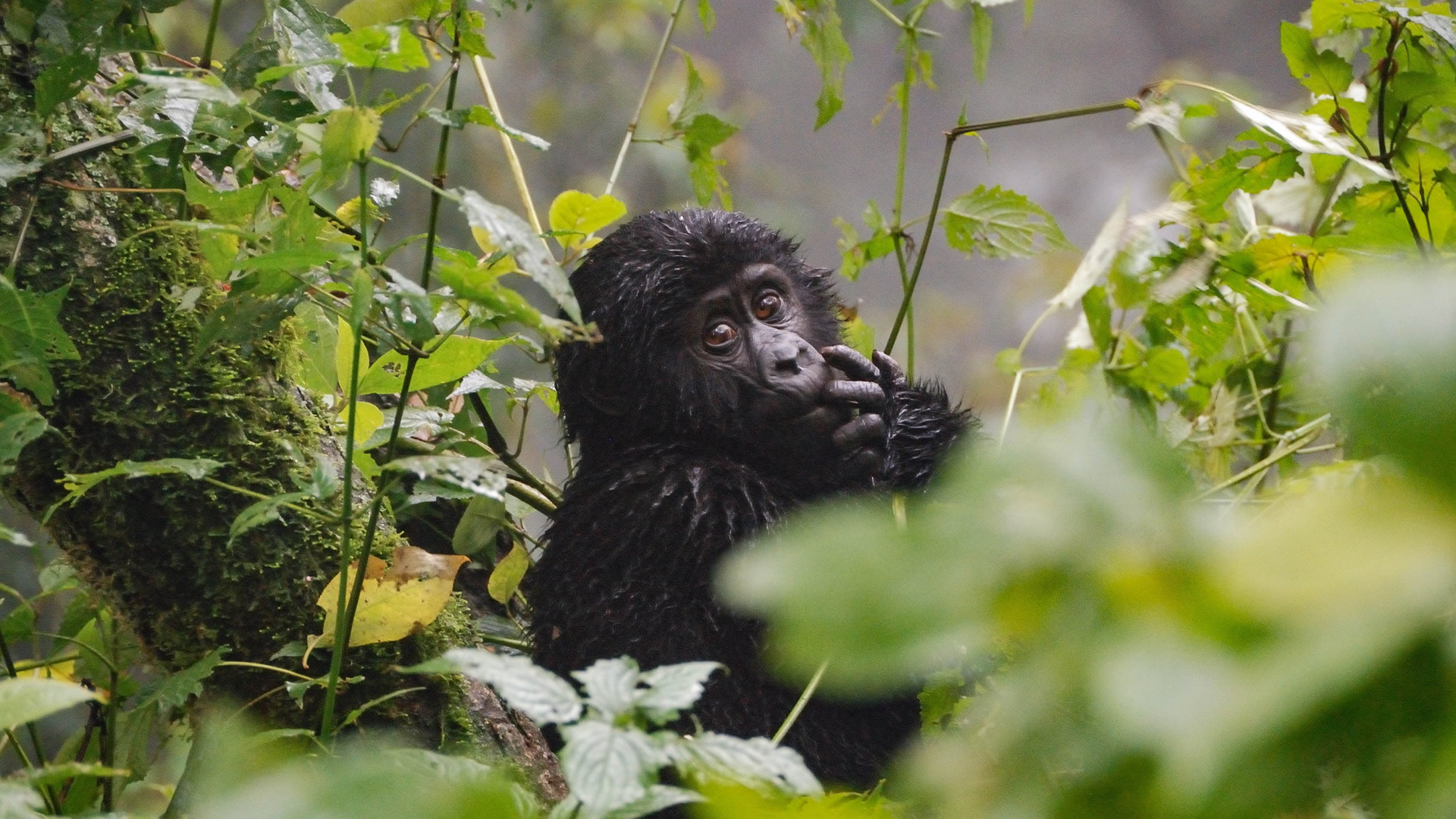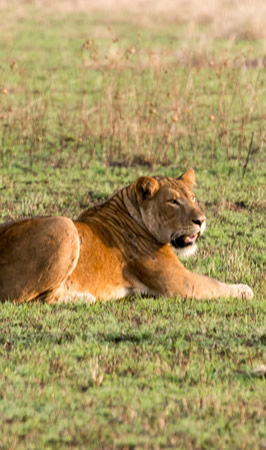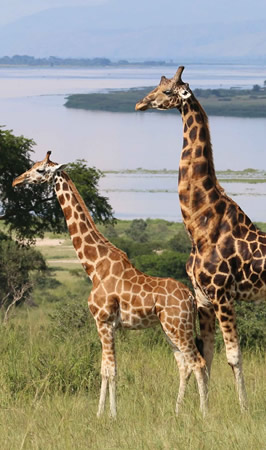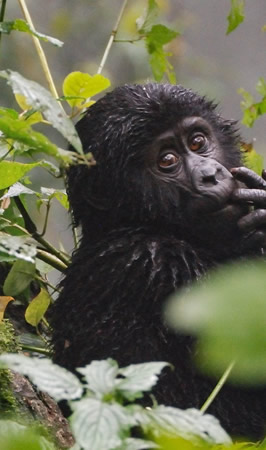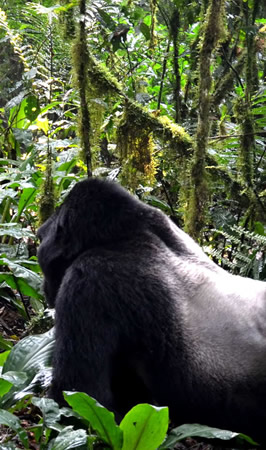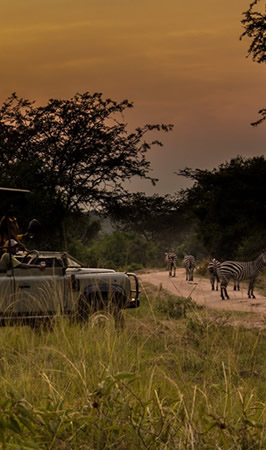Discover Mgahinga Gorilla National Park
The Virunga Aspect
Mgahinga Gorilla National Park has three extinct volcanoes of Mount Gahinga which has an elevation of 3474 meters, Mount Sabinyo at an elevation of 3645 meters and Mount Muhabura with an elevation of 4,127 meters. These volcanoes have thick forest cover which greatly influences the climatic conditions of the area. The park is home to a number of flora and fauna, but the most unique and sought after are the endangered mountain gorillas and the golden monkeys.
Bird Life
The park has about 180 bird species that roam around with a number of the Albertine Rift endemics. There are a number of birding trails that are well developed for travelers to follow. With a bird guide and your binoculars plus refreshments, birders should be able to see more than 100 birds a day if they are keen. Endemics like the handsome spurfowl, dusky crimson-wig, red-throated alethe, Kivu ground thrush, Rwenzori turaco, collared apalis, Archer’s ground robin among so many others and a number of other bird species are all that you will be able to see.
The scenery in and around the park is stunning with three extinct volcanoes Mount Sabinyo, Mount Muhavura and Mount Gahinga all having their slopes in the park. The forests provide shelter and sufficient food for the mountain gorillas and other park animals. Although the park is located in Uganda, it is much easier to access it from Rwanda in a journey that takes about three hours from Kigali through the border Kyanika. The park can also be reached by air and road from Kampala. The road journey from Kampala takes about 8 hours while using a chartered plane from Entebbe takes only one hour.
Batwa Cultural Experience
The Batwa cultural experience in Mgahinga is the best one any traveler can have. These former inhabitants of the park shared it with the mountain gorillas and all those animals take travelers through their life back then before they got evicted from there. The Batwa cultural tails will have travelers learning and reliving the way of life of the Batwa, say hunting skills, wild honey gathering, how they made fire from sticks, their medicines from even the most unlikely plants among others. The experience often climaxes with music and dance by the Batwa. The revenues from the Batwa cultural trail experience go to the funding of the education of the Batwa children.
 Batwa Cultural Experience
Batwa Cultural Experience 
